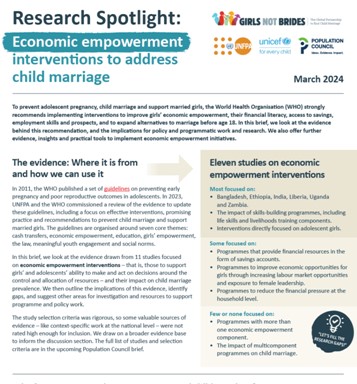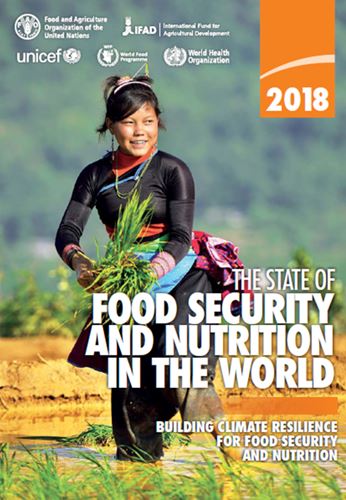Men, Sex, Gender & COVID-19
Извор: WUNRN – 04.12.2020
Are men more at risk of infection?
Across the countries where data is available, Global Health 50/50 finds there is no consistent pattern in terms of who is more likely to be diagnosed with COVID-19. A confirmed diagnosis means that a laboratory test has been undertaken. In other words, globally there are almost equal numbers of infected cases amongst men and women. We have no evidence from these national survey data that men are more likely to become infected than women.
This pattern has also been seen in data collated by the World Health Organization, which shows that there is little difference in the reported numbers of confirmed cases in men and in women. Among over 700,000 confirmed cases of COVID-19 reported to WHO by April 18th 2020, there are almost equal numbers of cases in men and women (sex ratio of M:F cases = 1.03:1). The sex ratio varies with age. In both the younger (20-29 year old) and older (80 years and older) age groups, there are more cases in women than men.
However, for other age groups (0-9 years, 60-69 years and 70-79 years), there are more cases in men than women. Overall, however, cases are evenly reported among both men and women.
It is important to note that data on confirmed cases in men and women will be influenced by who has access to testing in each country. Data on testing broken down by sex is available from only a handful of countries, meaning that it is difficult to assess whether figures on confirmed cases are being skewed by certain people having greater access to testing than others.
Are men more at risk of death?
In nearly every country we are tracking, including in those countries where there are a higher number of confirmed cases in women, the majority of deaths are in men.
Data collated by Global Health 50/50 shows that in the vast majority of countries where data is available men are consistently dying at a higher rate than women. These rates reflect deaths among confirmed cases. In a small number of countries (N=3) there are higher absolute numbers of deaths in women than men, but in these countries it is important to look not just at overall numbers of men and women dying, but at the proportion of deaths among people who are diagnosed as a case. In the vast majority of countries the rates of death among confirmed cases are higher in men than women. In other words, once men are infected and diagnosed as a case, they are at higher risk of death.
What explains the differences in COVID-19 mortality rates between men and women?
Sex and gender both play a role in many disease outcomes and COVID-19 is no different.
Sex / biology
A person’s sex, meaning their underlying biological make-up, determines both immunological and hormonal profiles that may be important in responding to infection. These differences in the biological responses of males and females might be important in determining clinical outcomes in COVID-19. For example, it is thought that an enzyme called ACE2 (enzyme 2) is important in the risk of developing severe COVID19 disease. ACE2 sits on cell membranes and may allow the virus to enter cells more easily, and hence begin its destructive pathway through the body’s vital organs. Levels of ACE2 are generally higher in men, meaning more cells may be vulnerable to the virus, and this, in turn, may lead to men’s higher risk of severe COVID outcomes and death.
However, it is unlikely that biology can explain the difference entirely; gender is almost certainly playing a role. Gender refers to the roles, behaviours, activities and attributes that any given society considers appropriate for men, women, and people with non-binary identities.
Gender
Gender plays an important role in determining:
- a person’s risk of exposure to environments and products that might be unhealthy (e.g. smoking tobacco or drinking alcohol, or occupations that involve driving and exposure to pollution),
- response to disease (e.g. patterns and timing of health service use),
- pathways of care within the health system including who can access services (testing, diagnosis, treatment), and the level and quality of care that a person receives in the health system
- whether health and social care workers at various levels are more likely to be one gender or another (e.g. in many countries nursing staff and social care staff are more likely to be female, while ambulance drivers, hospital security staff, orderlies etc are more likely to be male).
At this point in the pandemic, we are unable to provide a clear answer to the question of how much sex and/or gender are influencing the health outcomes of people diagnosed with COVID-19.
However, experience and evidence thus far tell us that both sex and gender are important drivers of risk and response to infection and disease. For example, even in the case of ACE2 (the enzyme that helps the virus enter the body’s cells), there are generally more ACE2 receptors in the heart cells of someone with pre-existing heart disease. And heart disease itself is associated with gender. In many societies today it is men who are more likely to suffer from heart disease and chronic lung disease as they are more frequently smokers, drinkers or working in occupations that expose them to risk of air pollution (see Figures below).
Other gender-based drivers of inequality may include men’s generally lower use of health services, including preventive health services – which might mean that men are further along in their illness before they seek care, for example. In the case of ebola, men typically presented at hospital 12 hours later in the course of the disease than women did – and men’s death rate was higher.
Additional social and structural inequalities are also likely to be playing a role in driving COVID-19 outcomes – and there is a need for more data that takes other inequalities such as ethnicity, geography, disability, socioeconomic status, etc, into account.
In short, understanding the relationship between sex, gender and COVID-19 means recognising the role that both biology and social factors play a role in the risk of infection and disease, clinical presentation and severity of outcomes both at individual and population levels.
GH5050 seeks to understand the role that gender is playing in the COVID-19 epidemic, and the best place to start is with the evidence from sex-disaggregated data.
Chronic illnesses which may be associated with more severe illness from COVID-19
Preliminary reports of people with severe COVID-19 disease have found associations with existing co-morbidities including hypertension, cardiovascular disease and some chronic lung diseases including chronic obstructive pulmonary disease. These conditions tend to be more burdensome among men globally. This disease burden may in part be driven by higher levels of risky behaviours, which are consistently found to be more common among men than women worldwide.
Risk factors associated with higher risk of chronic illness and early death in women and men
Rates of smoking tobacco and drinking alcohol are all substantially higher in men than women. These behaviours are associated with both the risk of developing co-morbidities now found to be associated with adverse outcomes in COVID-19, and with behaviours that are intimately bound up with gender norms, and how these norms are constructed and exploited in societies.
https://globalhealth5050.org/the-sex-gender-and-covid-19-project/men-sex-gender-and-covid-19/


